Every year on the 21st of March is Newroz Pîroz Be, which means Happy New Year in Kurdish, an occasion celebrated by Kurds worldwide.
This year I was in Turin, Italy to witness how a community comes together to celebrate this event.
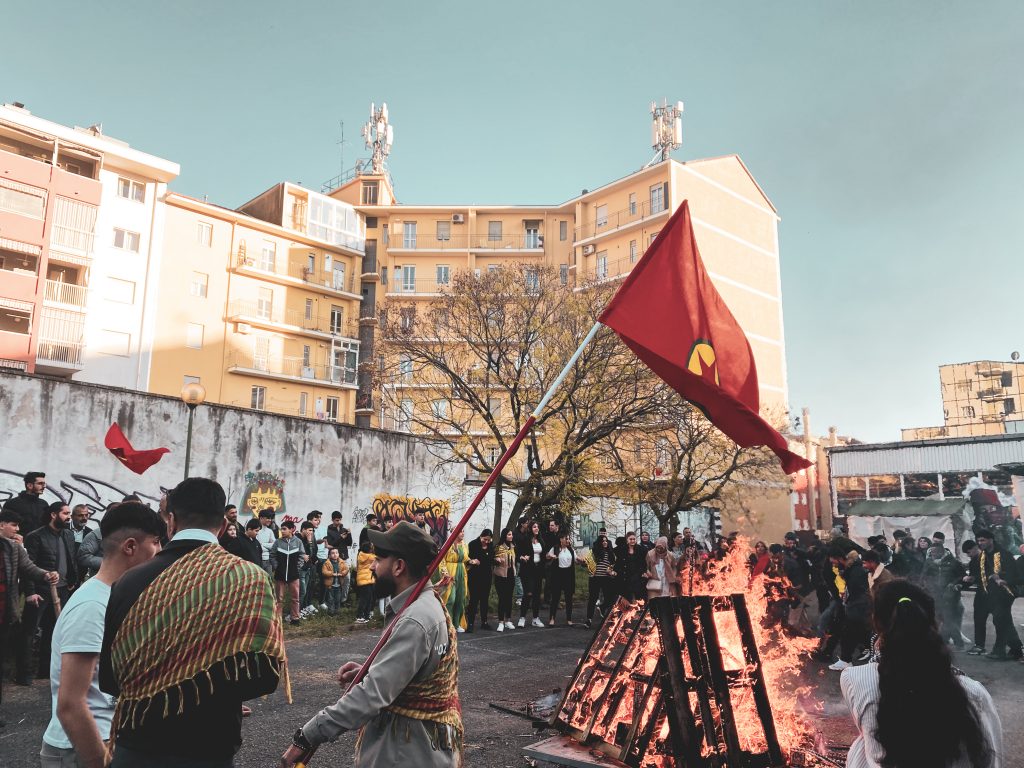
The term Newroz comes from the union of two ancient Persian words: nava (new) and rəzaŋh (day), and means “new day.”
“Newroz piroz be” is the greeting exchanged along the Silk Road routes between March 19 and 21; from Albania to Afghanistan and Turkey as well as some former Soviet republics in Central Asia.
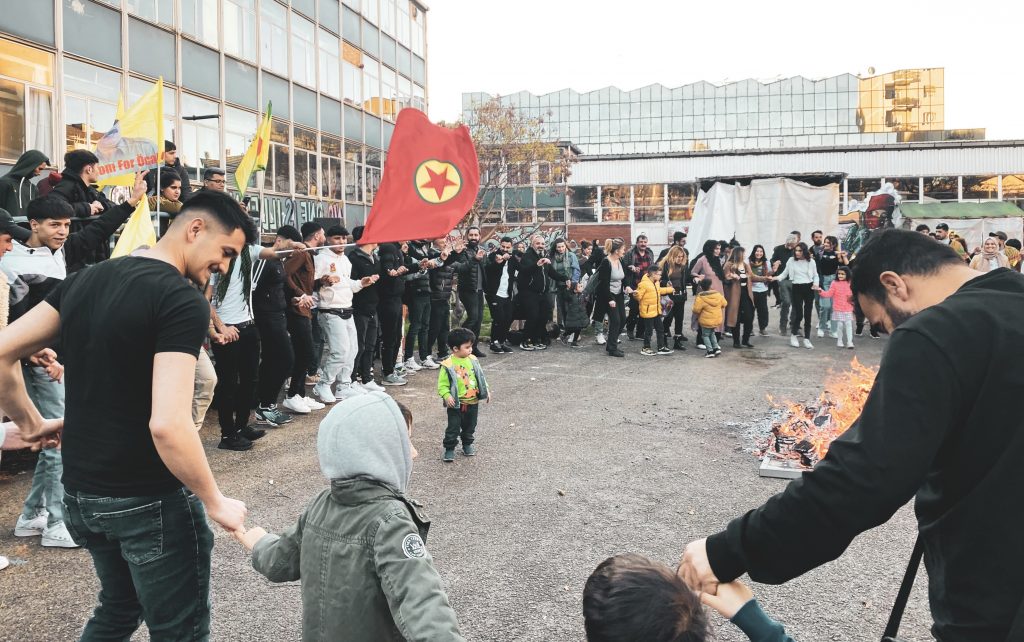
The Kurds celebrate Newroz between March 18th and 21st, and people come out of cities to celebrate the arrival of spring; men can be seen carrying flags painted red, yellow and green, or the colours of the Kurdish people, while women wear brightly coloured dresses.
Throughout the celebrations, people light bonfires, sing and dance around rich banquets of traditional foods embellished with floral decorations, and recollections of the legend of Kawa the blacksmith, a good giant who freed the Kurds from oppressors by fighting against the tyrant Zuhak.
It is a festival of celebration deeply rooted in Persian and Zoroastrian culture and symbolises the New Year.
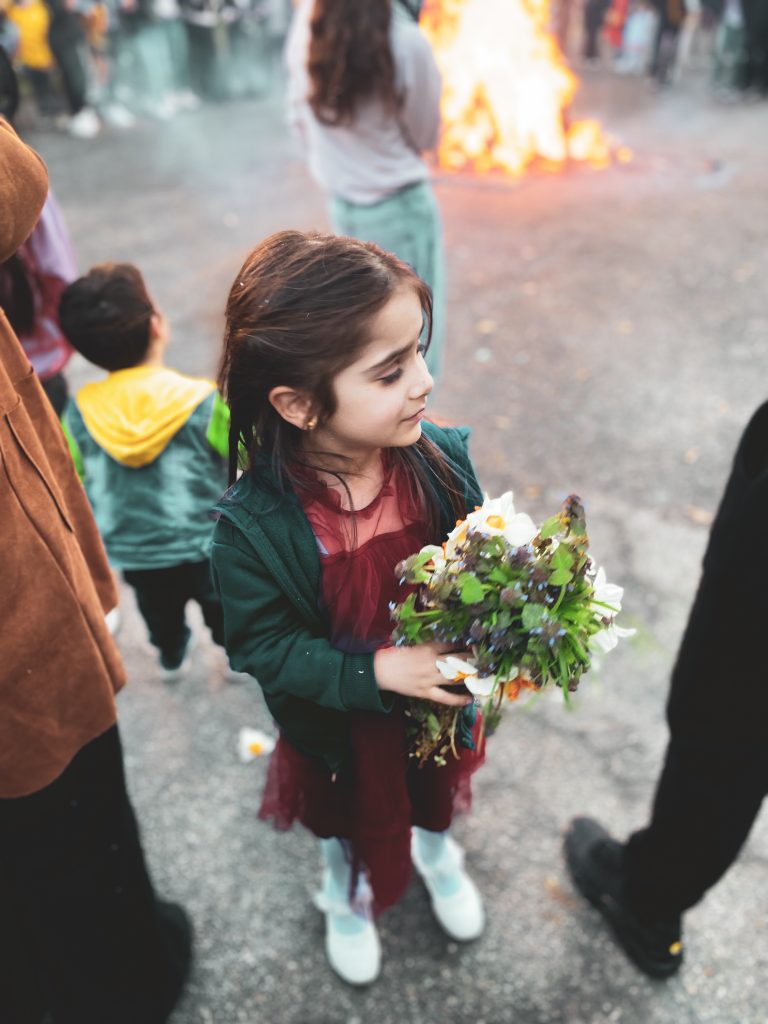
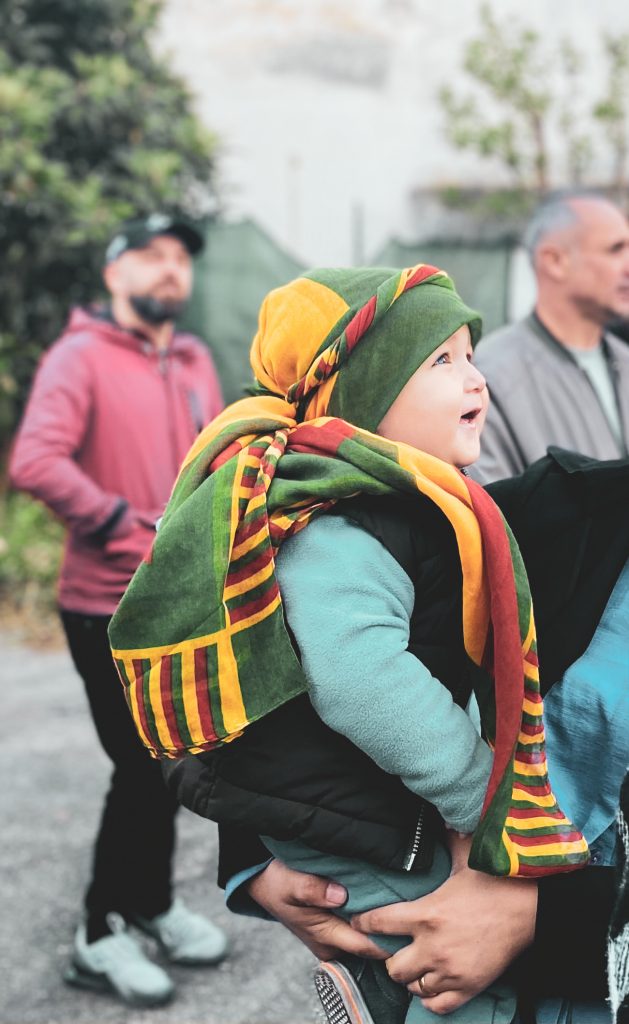
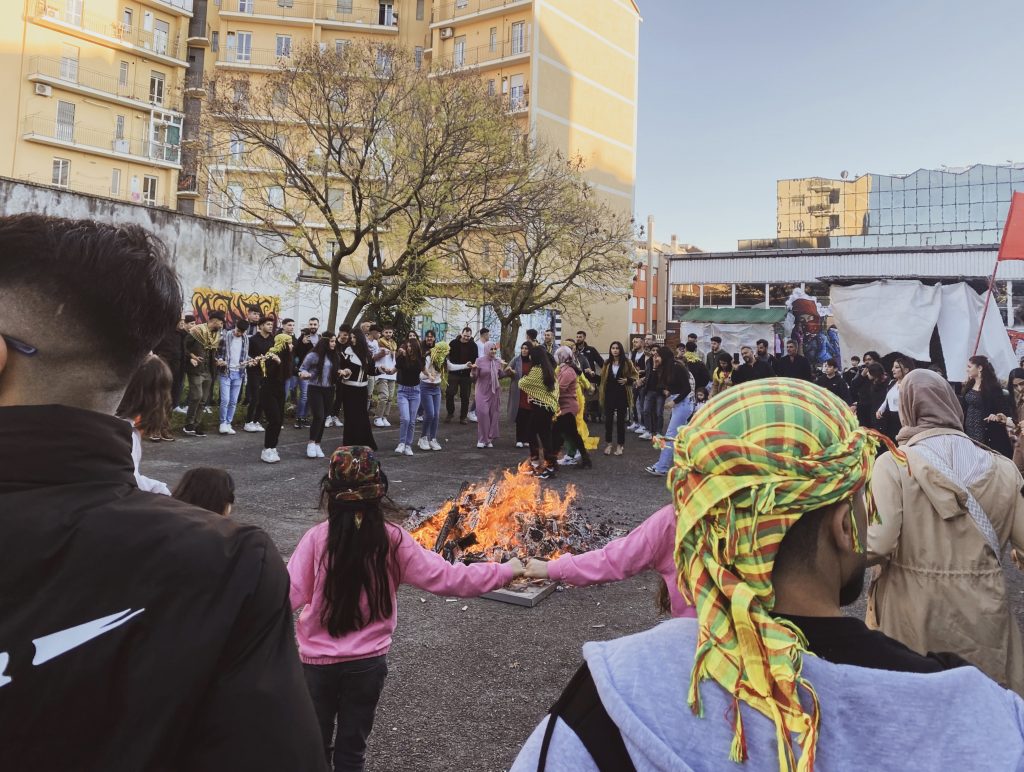
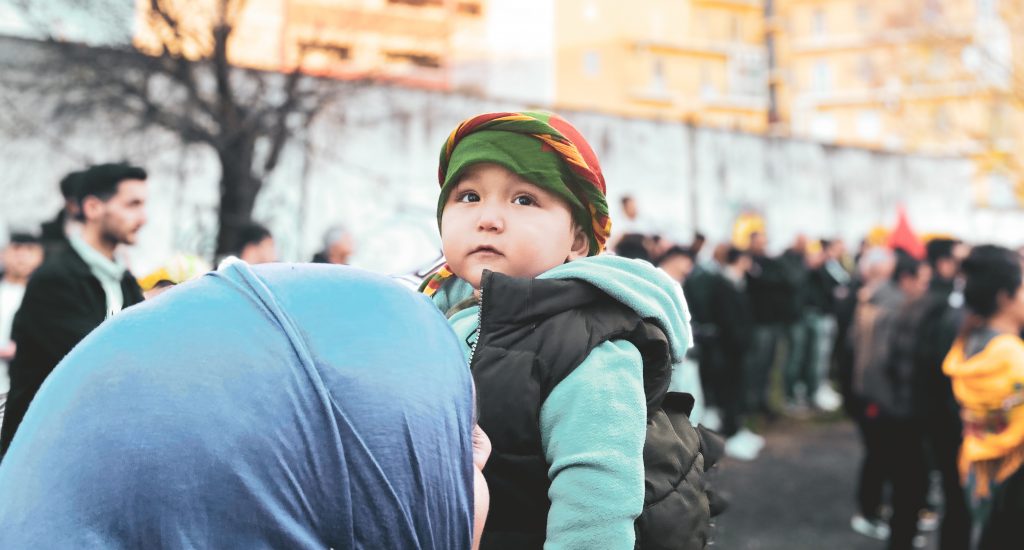
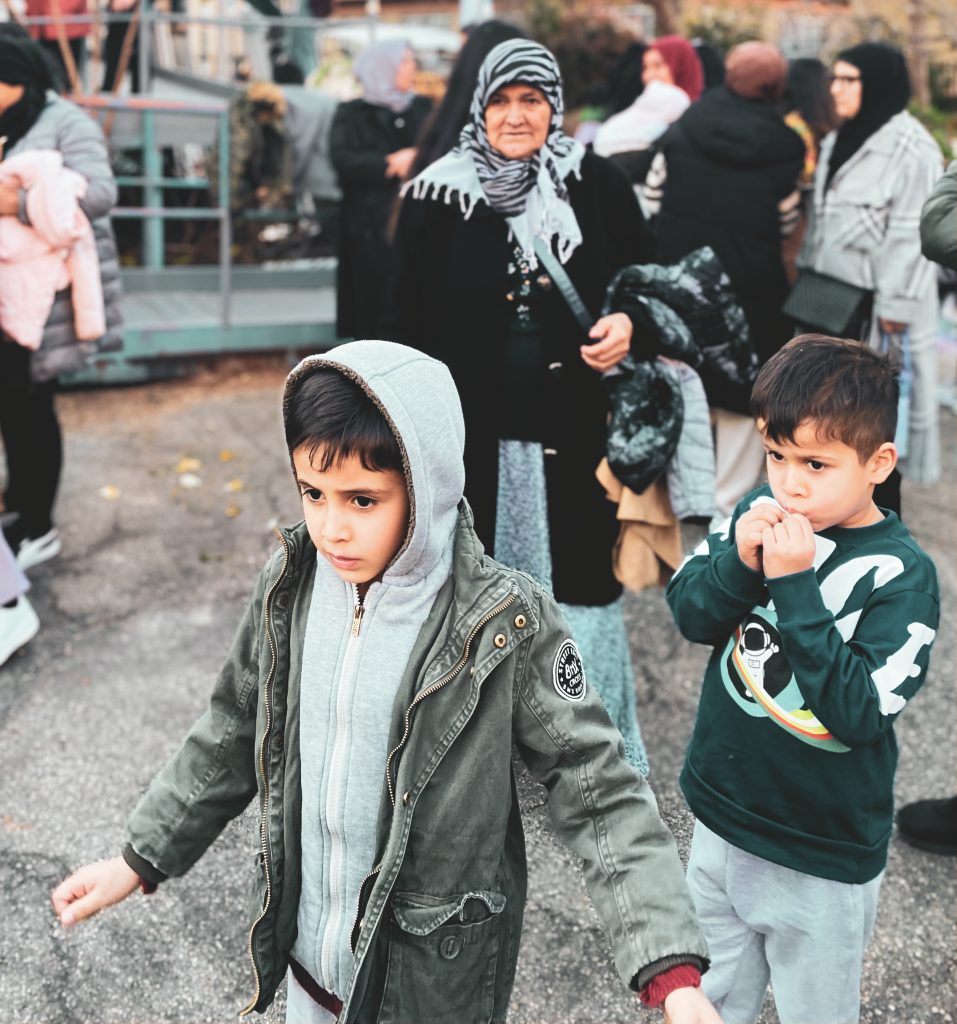
Since 2009, the festival has joined UNESCO’s list of Intangible Cultural Heritage of Humanity, and in 2010 the date of March 21st was recognised by the United Nations as the “International Newroz Day,” but fails to make any mention of the Kurds being a stateless nation.
Unlike other people who consider New Year’s Eve to be a pure occurrence of conviviality, for the Kurdish people, Newroz is a symbol of self-determination and vindication of Kurdish presence and identity in the territories.
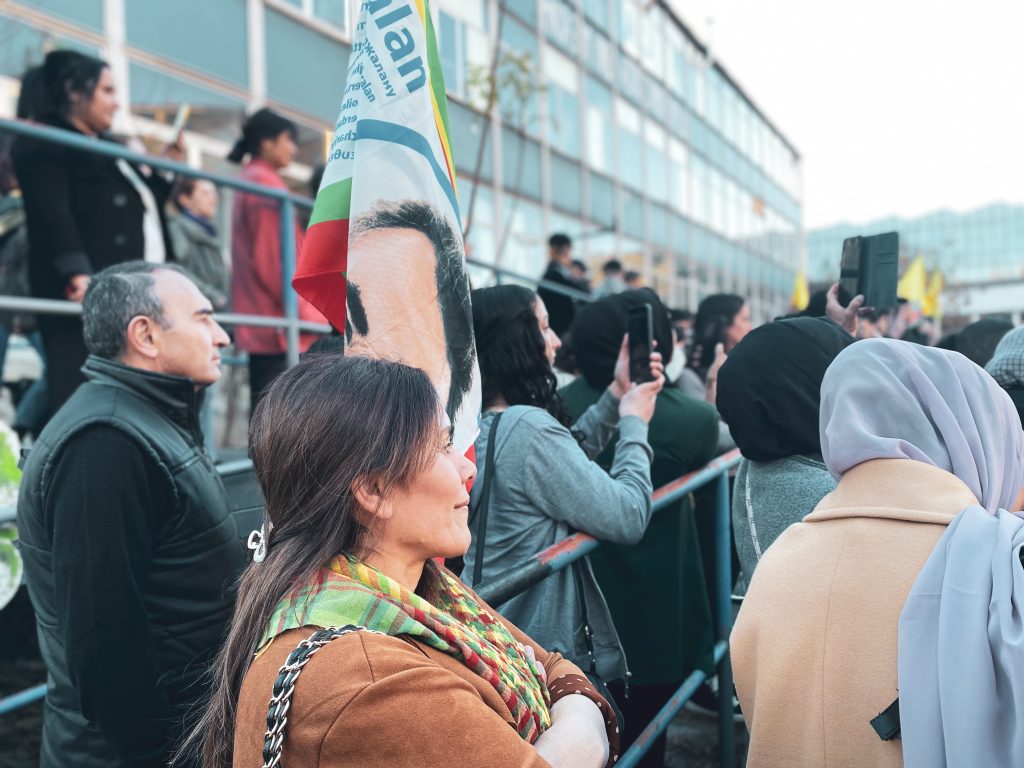
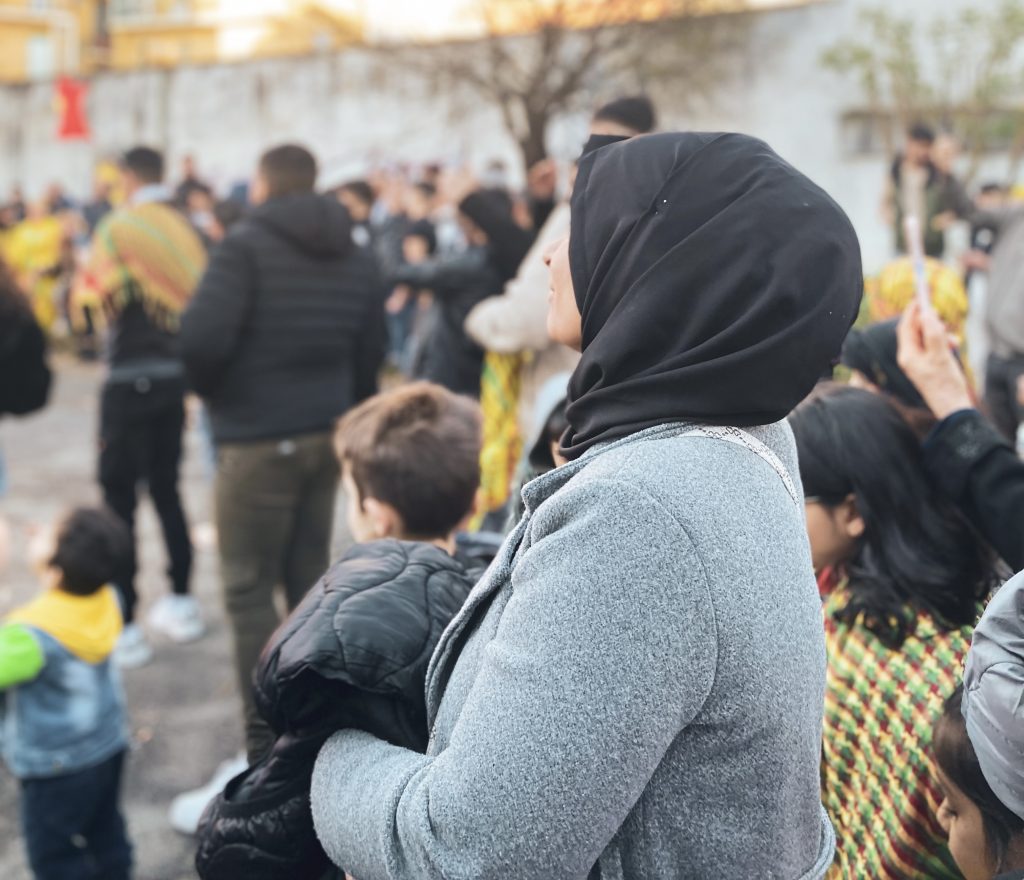
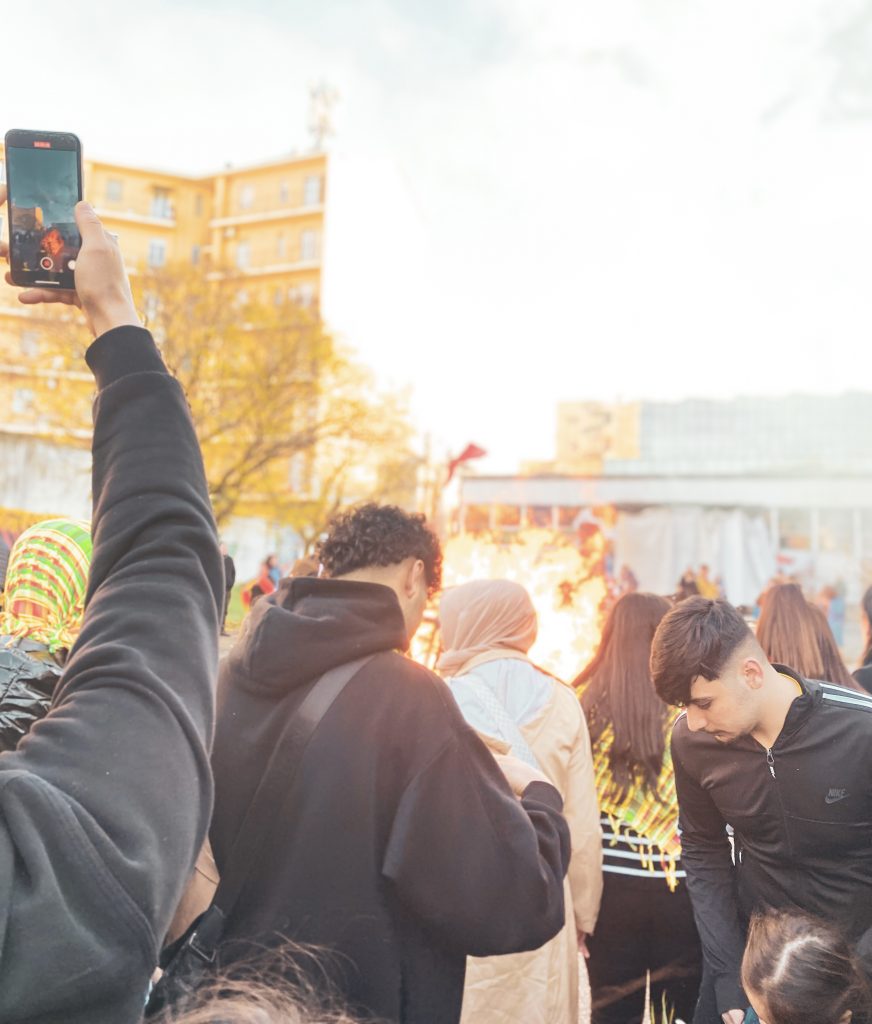
All words and images by Elisa Cherchi.
